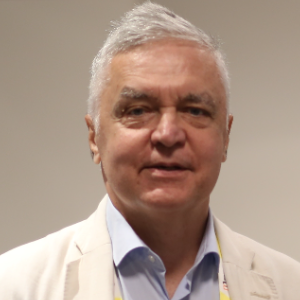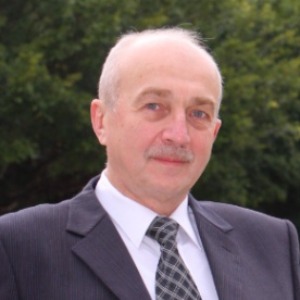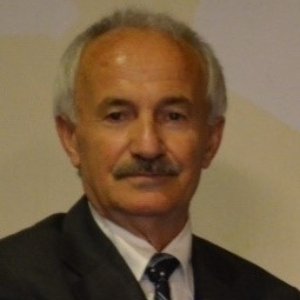As the demand for cleaner energy sources and sustainable chemical production grows, catalysis plays a pivotal role in addressing these challenges through various emerging trends in catalysis. One such trend is the advent of catalytic materials with tailored nanostructures. Nanocatalysts offer enhanced surface area, improved mass transfer, and unique catalytic properties compared to their bulk counterparts, enabling more efficient conversion of feedstocks into valuable products across a range of applications, including energy storage, chemical synthesis, and environmental remediation. Another noteworthy trend is the utilization of catalytic platforms for carbon capture and utilization (CCU). With increasing carbon emissions driving climate change, CCU technologies aim to capture CO2 from industrial processes or directly from the atmosphere and convert it into useful chemicals or fuels. Catalysts play a crucial role in facilitating these transformations by enabling high-yield, selective reactions while minimizing energy input and environmental impact.
Moreover, the integration of catalysis with biotechnology is opening new avenues for sustainable production processes. Enzymatic catalysis and synthetic biology techniques are being combined with traditional catalytic methods to create bio-inspired catalysts capable of performing complex transformations with high specificity and efficiency. This interdisciplinary approach holds promise for applications in pharmaceuticals, fine chemicals, and biorefineries, where green and cost-effective processes are highly desirable. In conclusion, catalysis continues to evolve in response to evolving societal and environmental needs, with trends such as nanostructuring, carbon utilization, and biocatalysis shaping the future landscape of catalytic research and industrial applications. By embracing these innovations, the catalysis community can contribute significantly to a more sustainable and resource-efficient future.

Stanislaw Dzwigaj
Sorbonne University, France
Dai Yeun Jeong
Asia Climate Change Education Center, Korea, Republic of
Sergey Suchkov
N.D. Zelinskii Institute for Organic Chemistry of the Russian Academy of Sciences, Russian Federation
Enrico Paris
CREA-IT & DIAEE, Italy
Rabeharitsara Andry Tahina
GPCI-ESPA Antananarivo University, Madagascar
Jiri Dedecek
J Heyrovsky Institute of Physical Chemistry , Czech Republic
Uday Som
Research and Development Engineer, Japan
Vladimir G Chigrinov
Hong Kong University of Science and Technology, Russian Federation



Title : Distant binuclear vanadium V(II) cationic sites in zeolites and their reactivity
Jiri Dedecek, J Heyrovsky Institute of Physical Chemistry , Czech Republic
Title : Advanced nanostructures for carbon neutrality and sustainable H₂ energy
Tokeer Ahmad, Jamia Millia Islamia, India
Title : Personalized and Precision Medicine (PPM) as a unique healthcare model via bi-odesign, bio- and chemical engineering, translational applications, and upgraded business modeling to secure the human healthcare and biosafety
Sergey Suchkov, N.D. Zelinskii Institute for Organic Chemistry of the Russian Academy of Sciences, Russian Federation
Title : Antibody-proteases as a generation of unique biomarkers, biocatalysts, potential targets and translational tools towards nanodesign-driven biochemical engineering and precision medical practice
Sergey Suchkov, N.D. Zelinskii Institute for Organic Chemistry of the Russian Academy of Sciences, Russian Federation
Title : Dimethyl ether synthesis from syngas over Cu-Zn/Al2O3 catalysts prepared using the Sol-Gel method
Uday Som, Research and Development Engineer, Japan
Title : Influence of various catalysts on H₂ enhancement and CO2 capture during syngas upgrading
Enrico Paris, CREA-IT & DIAEE, Italy
Title : Photoaligned azodye nanolayers : New nanotechnology for liquid crystal devices
Vladimir G Chigrinov, Hong Kong University of Science and Technology, Russian Federation
Title : Application of vanadium, tantalum and chromium single-site zeolite catalysts in catalysis
Stanislaw Dzwigaj, Sorbonne University, France
Title : Oxidation of methane to methanol over pairs of transition metal ions stabilized in the zeolite matrices
Jiri Dedecek, J Heyrovsky Institute of Physical Chemistry , Czech Republic
Title : The Concept and Implications of Low Carbon Green Growth
Dai Yeun Jeong, Asia Climate Change Education Center, Korea, Republic of